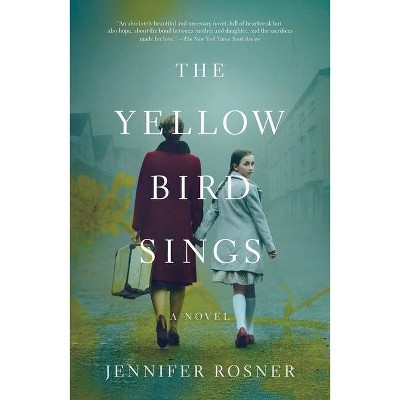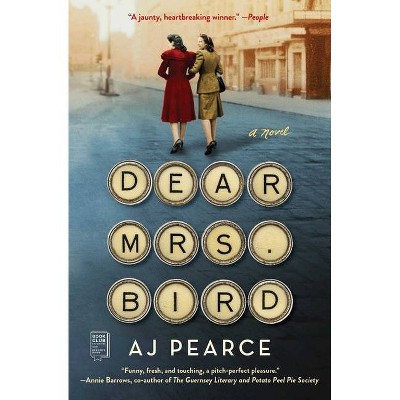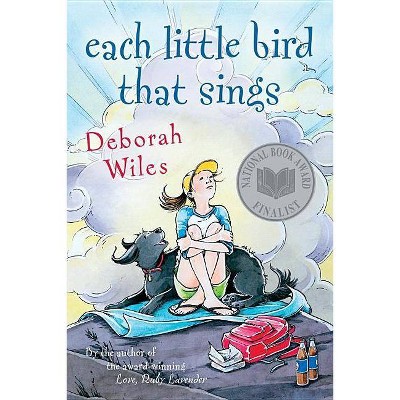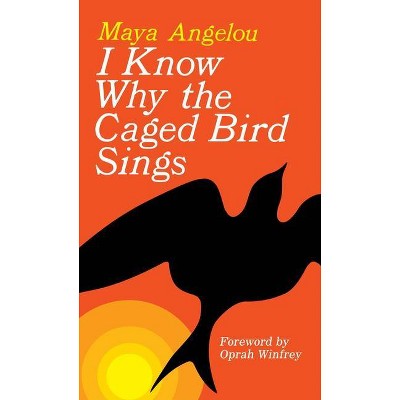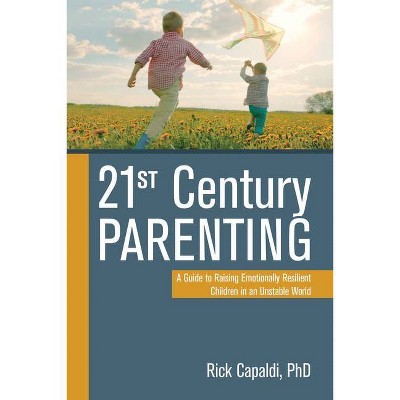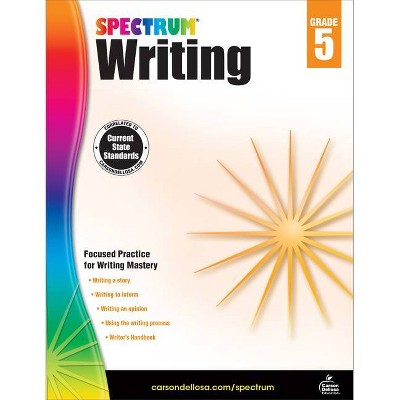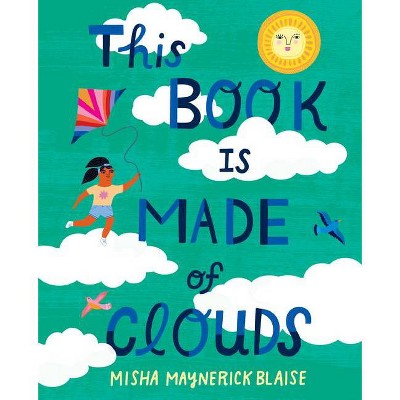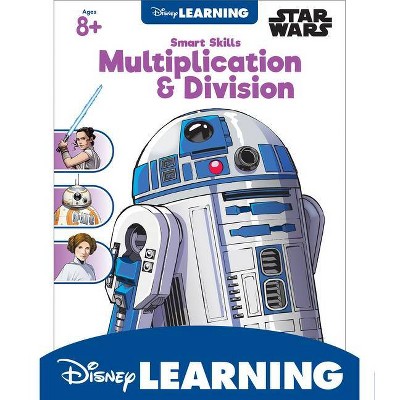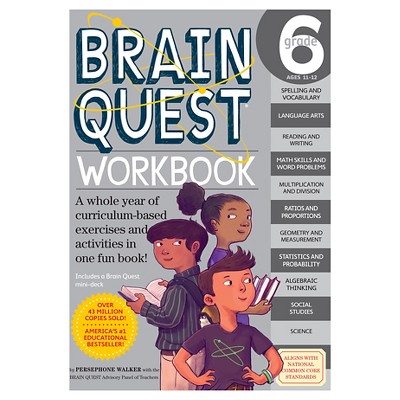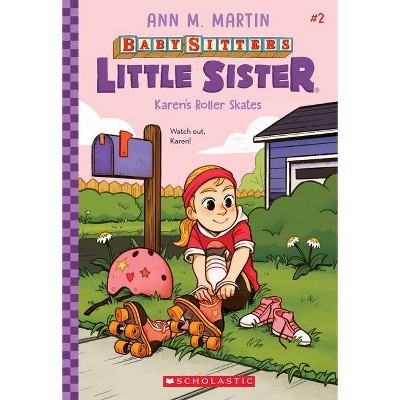Red Bird Sings - by Gina Capaldi & Q L Pearce (Paperback)
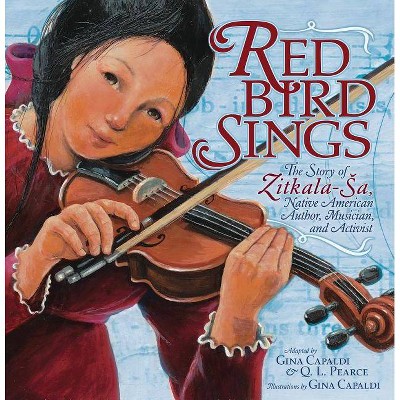
Similar Products
Products of same category from the store
AllProduct info
<p/><br></br><p><b> About the Book </b></p></br></br> "Born in 1876 on the Yankton Sioux reservation in South Dakota, Zitkala-Sa willingly left her home at age eight to go to a boarding school in Indiana. But she soon found herself caught between two worlds--white and Native American. At school she missed her mother and her traditional life, but Zitkala-Sa found joy in music classes. 'My wounded spirit soared like a bird as I practiced the piano and violin,' she wrote. Her talent grew, and when she graduated, she became a music teacher, composer, and performer."--Amazon.co<p/><br></br><p><b> Book Synopsis </b></p></br></br><p>I remember the day I lost my spirit. So begins the story of Gertrude Simmons, also known as Zitkala-Sa, which means Red Bird. Born in 1876 on the Yankton Sioux reservation in South Dakota, Zitkala-Sa willingly left her home at age eight to go to a boarding school in Indiana. But she soon found herself caught between two worlds--white and Native American. <br /> <br /> At school she missed her mother and her traditional life, but Zitkala-Sa found joy in music classes. My wounded spirit soared like a bird as I practiced the piano and violin, she wrote. Her talent grew, and when she graduated, she became a music teacher, composer, and performer. <br /> <br /> Zitkala-Sa found she could also sing to help her people by writing stories and giving speeches. As an adult, she worked as an activist for Native American rights, seeking to build a bridge between cultures.<br /> <br /> The coauthors tell Zitkala-Sa's life by weaving together pieces from her own stories. The artist's acrylic illustrations and collages of photos and primary source documents round out the vivid portrait of Zitkala-Sa, a frightened child whose spirit would rise again, stronger and wiser for the wounds it had suffered.</p><p/><br></br><p><b> Review Quotes </b></p></br></br><br><p>Adapted from her writings, this illustrated book tells the courageous story of Zitkala-Sa, also known as Gertrude Simmons Bonnin. Capaldi has illustrated the book throughout with richly colored paintings that capture the essence of the accompanying storyline. Assimilation into the dominant culture is not glossed over but handled in a delicate manner that accentuates the enormous obstacles Bonnin overcame. Bonnin is portrayed as a strong woman who fought not only for Native American rights but also for women's rights. Bonnin's gifts as a speaker, author, and musician helped to persuade people to believe in the power of her message. <strong>This title will fill the gap in most libraries of strong, non-stereotypical Native American role models.</strong> A bibliography and further readings are included. -<em>-Library Media Connection</em></p>-- "Journal" (3/1/2012 12:00:00 AM)<br><br><p>Capaldi and Pearce document the life of Gertrude Simmons, an author, musician, and activist best known by her pen name, Zitkala-Sa (Red Bird). <strong>Drawing from semiautobiographical stories that Zitkala-Sa wrote for the <em>Atlantic Monthly</em> in the early 1900s, Capaldi and Pearce eloquently describe her experience at a Quaker boarding school, where she laments the loss of her culture, but also develops passions for violin and women's suffrage.</strong> Reconciling her new identity with her roots, she writes and stages 'The Sun Dance Opera; and advocates for Native American rights. <strong>Capaldi's understated illustrations integrate solid colors and doll-like characterizations with reproductions of period materials, while appended information on Zitkala-Sa rounds out this fascinating portrait.</strong> --<em>Publishers Weekly</em></p>-- "Journal" (7/25/2011 12:00:00 AM)<br><br><p>Gertrude Simmons Bonnin of the Yankton Sioux, later known as Zitkala-Sa, bridged the nineteenth and twentieth centuries, and the white and Indian cultures. Brought up in an Indiana missionary school from the age of eight, she experienced both the demeaning boarding-school routines intended to strip students of their culture, and the opportunities to develop her talent as a writer and a violinist. Through the brief double-page spread chapters that mark highlights of her life, readers follow her school days, her later career as a political advocate for Indian rights, and her struggle to reconcile her determination for personal advancement with feelings of guilt for abandoning her family. First-person narration adapted from Zitkala-Sa's own writings and supplemented with 'additional primary and secondary sources' is frequently challenging in the formality of its turn-of-the-century tone; indeed, children who can negotiate this text may well be up to reading her autobiographical stories in the original. <strong>Zitkala-Sa is</strong>still <strong>an interesting figure</strong>, however, <strong>and one who rarely turns up in collective or individual biographies; this account offers insight not just into her achievements but into the complexity of identity.</strong> Stiff, sweetly doll-like figures in Capaldi's mixed-media illustrations suggest a younger audience than is likely to connect with the content. Closing notes, as well as print and online resources, will however guide middle graders and their teachers to further information on Zitkala-Sa's life and times. --<em>The Bulletin of the Center for Children's Books</em></p>-- "Journal" (2/1/2012 12:00:00 AM)<br><br><p>This picture book about Native American musician, author, and activist Zitkala-Sa is adapted from three semiautobiographical stories written for the <em>Atlantic Monthly</em> in the early 1900s. Born Gertrude Simmons on the Yankton Sioux reservation in South Dakota, Zitkala-Sa chose as a young child to accompany missionaries who were headed east in order to study. Although stranded between two worlds, Simmons relished the opportunities her education afforded her. She blossomed as a musician and was a talented public speaker who used her gifts as 'tools that supported [her] greater goal, ' which was nothing less than civil liberties for Native Americans. Occasionally the narrative emphasizes straightforward accomplishments over more telling personal moments; readers are not told how Gertrude Simmons acquired the name Zitkala-Sa, for example. Still, <strong>Zitkala-Sa's story is inherently compelling, and Capaldi's beautiful mixed-media illustrations enhance the themes of grace and strength.</strong> Closing with final notes, a bibliography, and suggestions for further reading, this is a competent introduction to an extraordinary woman who is rarely covered in books for youth. --<em>Booklist</em></p>-- "Journal" (11/1/2011 12:00:00 AM)<br><br><p>This picture book adaptation of three of Zitkala-Sa's semiautobiographical stories (published in the early 1900s) begins with the Native American girl's 1884 enrollment in a Quaker-run boarding school. Music, along with oratory skills, rekindled her ancestral spirit and prompted a life devoted to Native American rights. <strong>Sheet music, maps, and photographs are thoughtfully incorporated into the acrylic illustrations in this emotion-stirring biography</strong>. --<em>The Horn Book Guide </em></p>-- "Journal" (4/1/2012 12:00:00 AM)<br><br><p>This picture-book biography of Zitkala-Sa, a young Sioux girl born in 1876 in South Dakota, adapts and paraphrases some of her own autobiographical writings to trace her life from youth to adulthood. Born Gertrude Simmons, she was sent to an Indian boarding school in Indiana when she was eight, and it was through this education that she discovered a love and talent for music, writing, and public speaking, among other things. Her journey took her ever farther east, from college in Indiana to teaching in Pennsylvania and Massachusetts, to finally fighting for Native American civil rights in Washington, DC, in the early 1920s. Each spread shares moments from her life as she struggled to survive in two very different worlds: the familiar Sioux reservation and the Anglo world that was opened up to her. <strong>While the text is modified for clarity for young audiences, it is still lyrical and compelling, drawing readers into the woman's life and work. The accompanying paintings are textured and sometimes layered with maps, pictures, and magazine pages that provide a rich complement to the story, conveying both emotion and depth. This unique format brings Zitkala-Sa's intriguing story to life, and engenders further exploration.</strong> Extensive back matter includes suggested readings, useful websites, and a bit more detail about Zitkala-Sa. --<em>School Library Journal</em></p>-- "Journal" (10/1/2011 12:00:00 AM)<br><br><p>Zitkala-Sa, whose name means Red Bird, also known as Gertrude Simmons Bonnin, was Yankton Sioux, a musician, writer, composer and activist who was born in the year of Little Bighorn. Capaldi and Pearce have taken three of the stories Zitkala-Sa wrote for the <em>Atlantic Monthly</em>, presumed to be autobiographical, and retold them with additional material. While the language has been somewhat modernized, it still sounds quite stilted and overwrought to contemporary ears, although it is very much in the heightened style of the time. The stories are powerful: having her long, thick hair cut short at White's Manual Labor Institute in Wabash, Ind.; winning oratory contests at Earlham College while facing a huge banner with the word 'Squaw' on it; teaching at Carlisle Indian School and playing the violin before President McKinley; writing the Sun Dance opera (the first Native American to write an opera and have it staged); working in Washington D.C. for the National Council of American Indians. The illustrations use collages of newspaper clippings, railroad tickets, <em>Atlantic Monthly</em> logos and other archival materials over the loosely drawn, textured images. An afterword, source note and selected bibliographies are included, but the use of the first person may give scholarly pause, especially for young readers, who may not wish to pursue the various bibliographical sources. <strong>An important figure of myriad talents, Zitkala-Sa and her life and works are brought to needed attention here</strong>, but it's too bad the treatment isn't a bit clearer. --<em>Kirkus Reviews</em><br /></p>-- "Journal" (9/1/2011 12:00:00 AM)<br>
Price History
Price Archive shows prices from various stores, lets you see history and find the cheapest. There is no actual sale on the website. For all support, inquiry and suggestion messagescommunication@pricearchive.us
